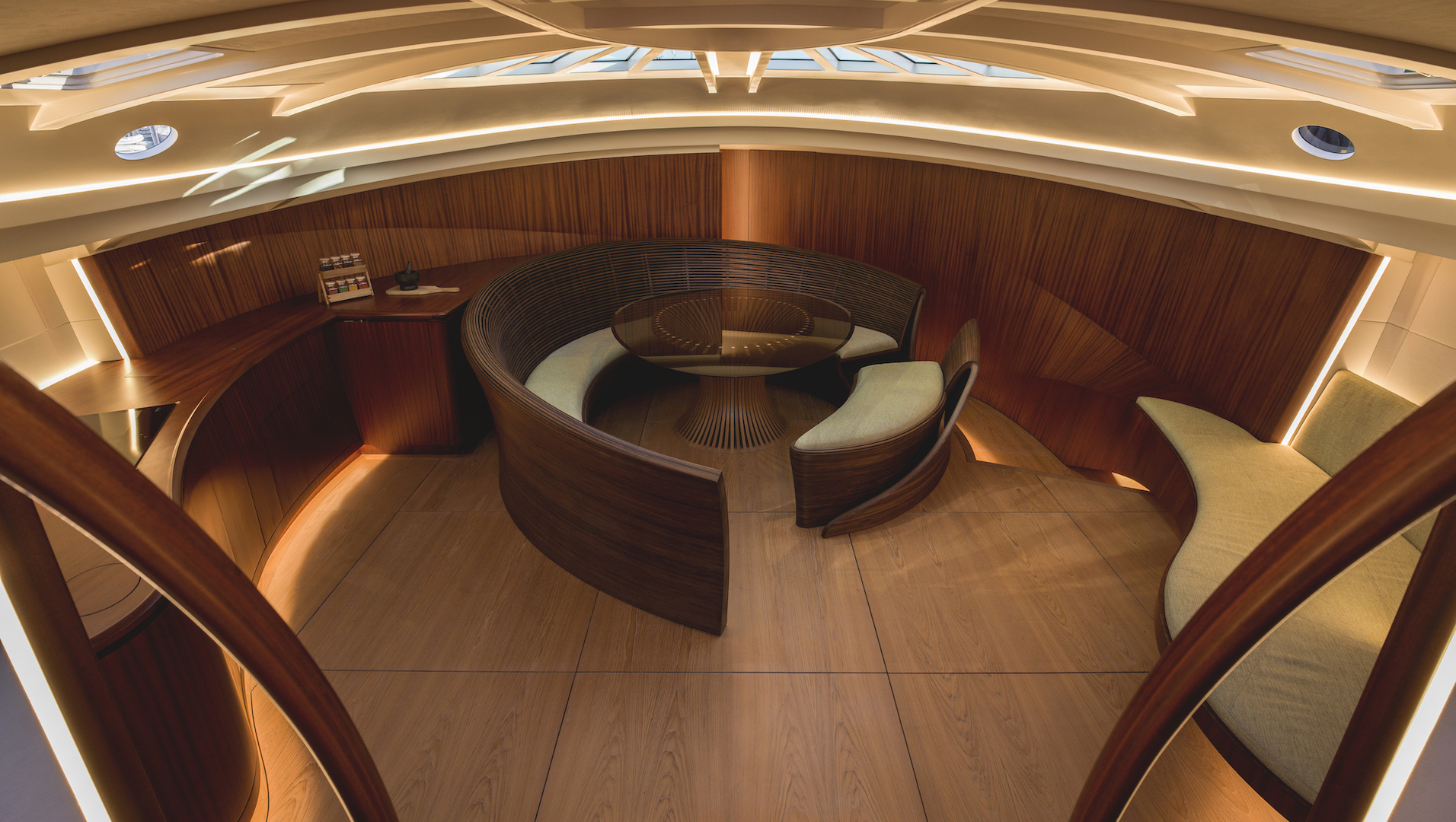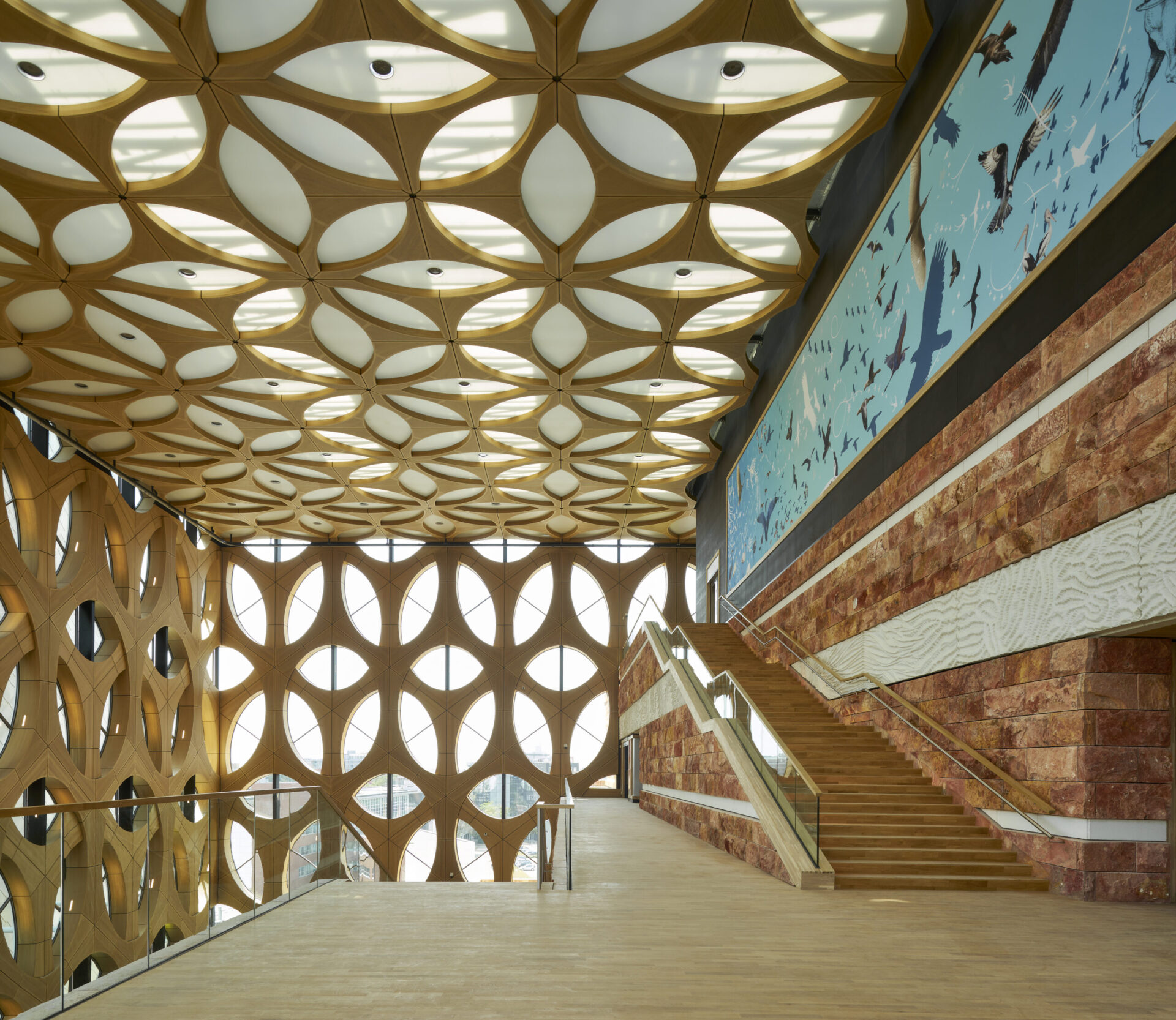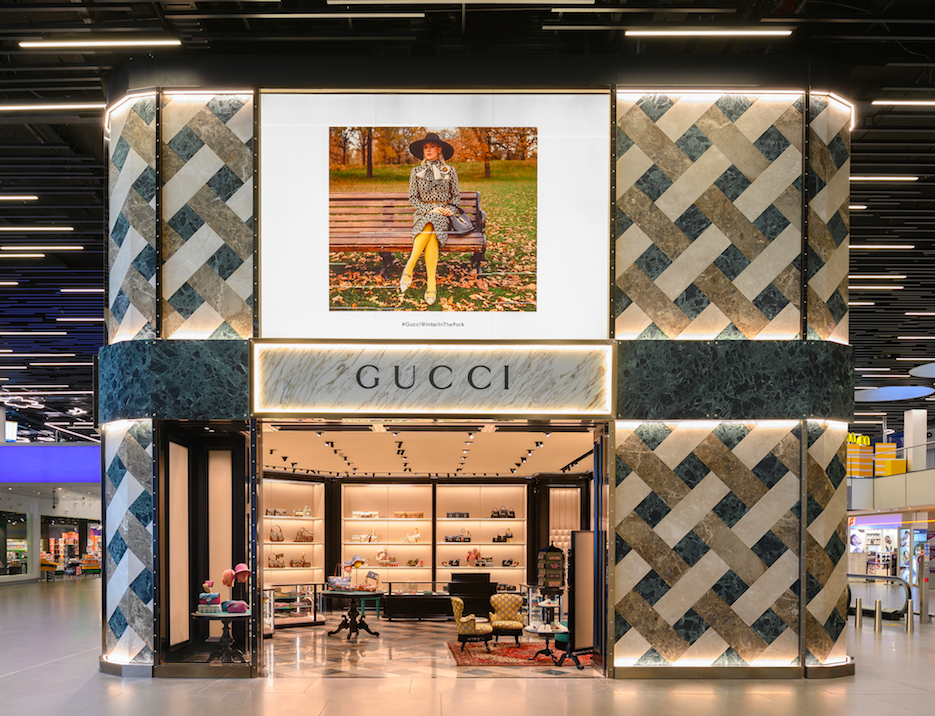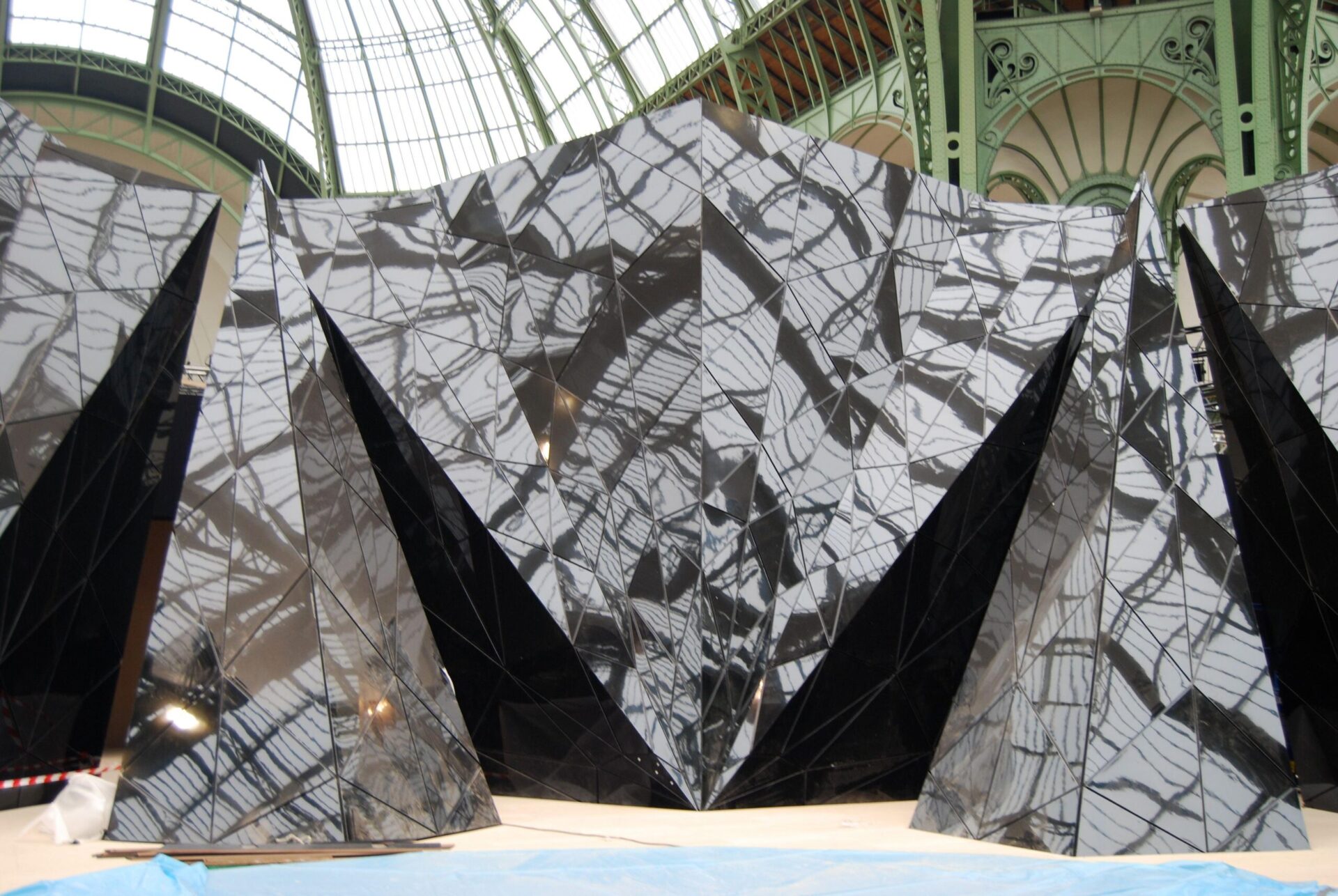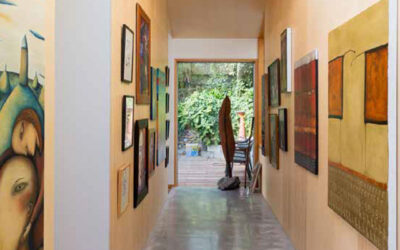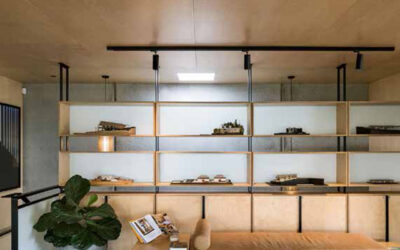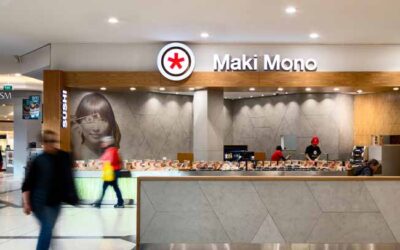Innovative architectural panel solutions are redefining what’s possible in modern design, enabling architects to transform their most ambitious concepts into reality. Traditional mounting methods have historically constrained architectural expression, particularly in premium commercial and retail environments. But today’s advanced mounting systems are breaking through these limitations, tackling complex geometries and challenging installations head-on.
Breaking through traditional design constraints
The evolution from conventional to modern mounting systems has been driven by five critical technical challenges that have historically limited architectural innovation. Understanding these constraints is essential for appreciating how contemporary solutions are revolutionizing the industry.
Limited geometric flexibility
Traditional mounting systems like Z-clips struggle with complex shapes and patterns, often requiring clips to be cut or modified to achieve desired configurations. This limitation can compromise design integrity and increase installation time and labor costs.
Alignment precision challenges
Conventional systems offer minimal adjustability after installation, making it difficult to achieve precise alignment with complex geometric patterns. The rigid nature of traditional mounts complicates the creation of consistent spacing and transitions between panels.
Restricted access
Traditional mounting methods often require the removal of multiple surrounding panels to access or maintain a single panel. This inefficiency creates maintenance time and costs while potentially compromising the integrity of the installation.
Weight distribution issues
Conventional mounting solutions can create uneven stress points, particularly with heavier materials or complex configurations. This uneven distribution may lead to structural concerns and compromise long-term installation stability.
Installation complexities
Traditional methods often involve time-consuming manual adjustments and multiple components, increasing labor costs and installation time. The lack of precision mounting capabilities can result in inconsistent finish quality and extended project timelines.
Enabling creative expression through technical innovation
Modern architectural panel solutions are transforming the boundaries of design possibility through sophisticated engineering that enables seemingly impossible concepts to become reality. Advanced mounting capabilities now provide unprecedented control over panel positioning, with precise adjustability ensuring perfect alignment even in the most complex installations.
Advanced mounting capabilities
The evolution of architectural panel mounting has revolutionized how designers approach complex spaces. Modern mounting systems offer sophisticated features that extend far beyond traditional mounting methods:
- 3/8” adjustability for perfect panel alignment
- Built-in measurement systems for precise positioning
- Versatile rail systems that adapt to varying surface conditions
- Even load distribution for panel stability
- Quick-release features for efficient maintenance access
Material innovation and performance
Today’s mounting solutions accommodate diverse architectural requirements while maintaining design integrity. Comprehensive ranges includes:
- Fire-rated options for regulatory compliance
- Choice between metal and engineering-grade plastic components
- Multiple mounting configurations for varied gap effects
- Heavy-duty performance supporting panels up to 50kg
- Compatibility with premium materials like stone and marble
These systems accommodate diverse material thicknesses and weights while maintaining consistent spacing and alignment across different surface materials.
Design versatility and integration
The convergence of advanced mounting technology with contemporary design processes has redefined what’s possible in architectural panel applications. This integration enables a new level of creative freedom, where complex geometries, multi-plane installations, and sophisticated finishing details become achievable design elements rather than exceptional challenges.
Fluid forms and complex geometries
Modern mounting systems excel in transforming challenging architectural elements into achievable realities. Multi-plane installations seamlessly transition between walls and ceilings, while curved surfaces flow naturally through spaces without compromising structural integrity. From radical curved interiors to complex geometric patterns, these systems adapt to diverse spatial requirements while maintaining precise alignment and consistent spacing.
Digital precision and workflow
Advanced mounting solutions integrate seamlessly with contemporary design tools and manufacturing processes. CNC machining compatibility ensures exact clip placement during manufacturing, eliminating guesswork and reducing on-site adjustments. This precision starts at the planning phase, where digital workflows enable architects to map out complex installations with confidence, ensuring their vision translates accurately from design to reality.
Shadow and detail
The engineering excellence of modern mounting systems means they deliver both technical performance and design refinement. Precise negative details create controlled shadow lines that accentuate design features, while invisible fixing points maintain clean, uninterrupted surfaces. The ability to achieve consistent spacing and perfect alignment, even across challenging geometries, allows architects to create sophisticated visual effects that elevate the overall design aesthetic.
Case studies in design innovation
The following case studies demonstrate how innovative mounting solutions transform complex design challenges into achievable architectural features. Each example explores the ways in which architects have realized ambitious visions while maintaining precise alignment and visual refinement across diverse applications.
The Spirit 111 Yacht
The Spirit 111 Yacht exemplifies how modern mounting solutions empower architects to push the boundaries of curved design. The radical interior features seamlessly flowing surfaces with no visible fixings, creating fluid, organic spaces that were previously impossible to achieve. The installation’s sophisticated mounting system enabled precise control over panel curvature and spacing, ensuring flawless visual continuity throughout the yacht’s dynamic interior spaces.
Naturalis Biodiversity Center
The Naturalis Biodiversity Center stands as a testament to geometric innovation in architectural design. Its striking 36-meter high atrium showcases an intricate interplay of oval modules, triangular panels, and hexagonal elements, filtering natural daylight through circular windows. The installation’s 11,000 pairs of hidden clips maintain precise dimensional accuracy throughout the complex three-dimensional structure, having allowed architects to realize their most ambitious geometric visions.
Gucci Store
The Gucci store installations at airports in the Netherlands and Italy demonstrate how modern mounting solutions handle premium materials with precision. These prestigious retail spaces feature substantial marble panels mounted with exact spatial positioning and consistent negative detail, showcasing how innovative mounting technology enables architects to incorporate luxury materials into their designs without compromising on visual aesthetics.
Bvlgari Installation
The Bvlgari installation at the Gran Palais in Paris represents the pinnacle of exhibition design innovation. This prestigious temporary installation showcases how modern mounting solutions can achieve sophisticated negative detail work and seamless geometric arrangement even in challenging historic spaces. The system’s adaptability enabled architects to create a luxury environment that complemented the grandeur of this iconic venue while maintaining installation efficiency.
Conclusion
Innovative architectural panel solutions have revolutionized the way designers approach complex spaces, enabling seemingly impossible concepts to become achievable realities. From radical curved interiors to intricate geometric patterns, modern mounting systems empower architects to push creative boundaries without compromising on precision or performance. These advanced solutions offer unprecedented control over panel positioning, seamless integration with contemporary design processes, and the ability to create sophisticated visual effects that elevate overall design aesthetics.
The embracing of these innovative mounting technologies will be crucial for architects and designers seeking to differentiate their work and bring ambitious visions to life. By leveraging the capabilities of advanced panel mounting solutions, designers can transform challenging spaces into stunning architectural features, ensuring that their creative expression is not constrained by technical limitations.
Are you an architect who likes to think outside the box? Here are some more articles showing you how innovative architectural panel installation can be achieved:
What’s the best method for installing curved wall panels?
How to install complex geometric panels
How to install panels on uneven substrates and different planes

